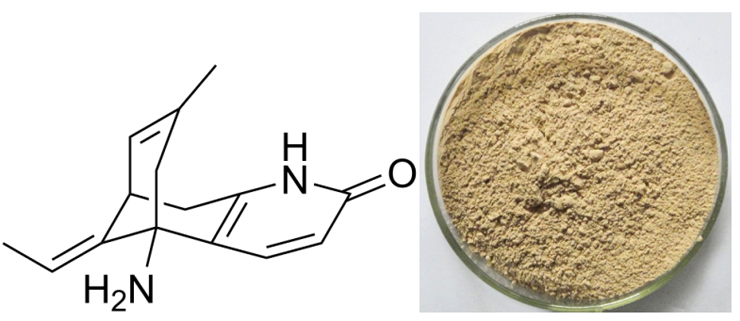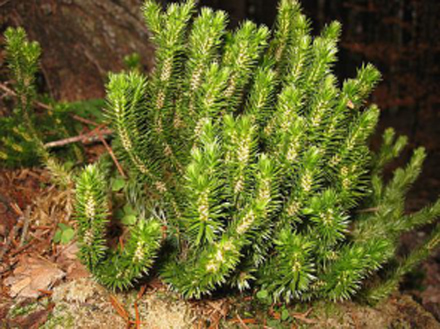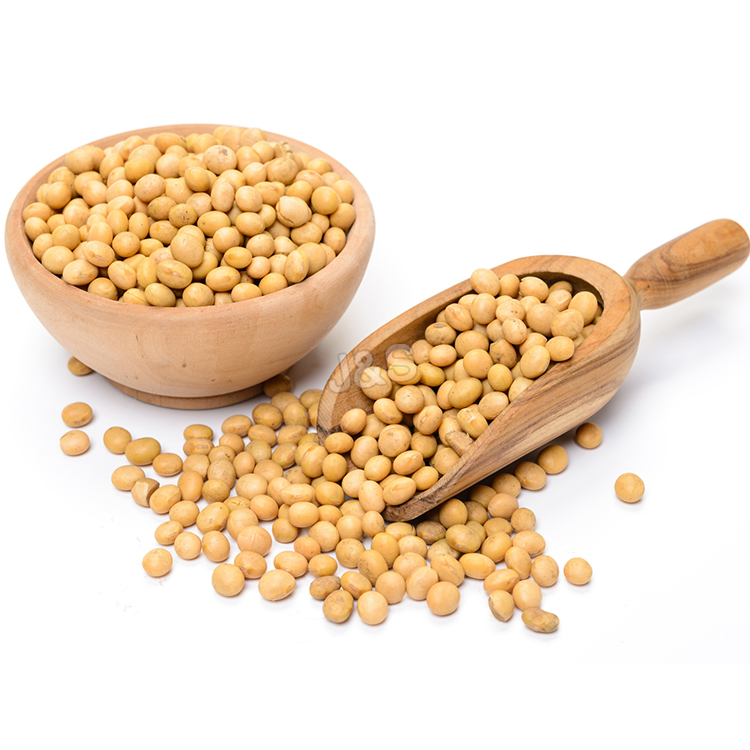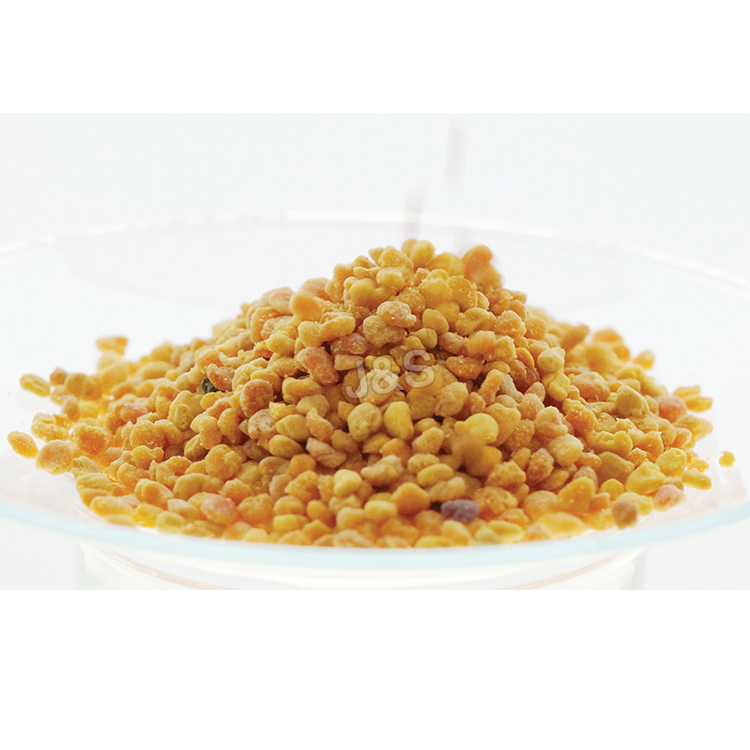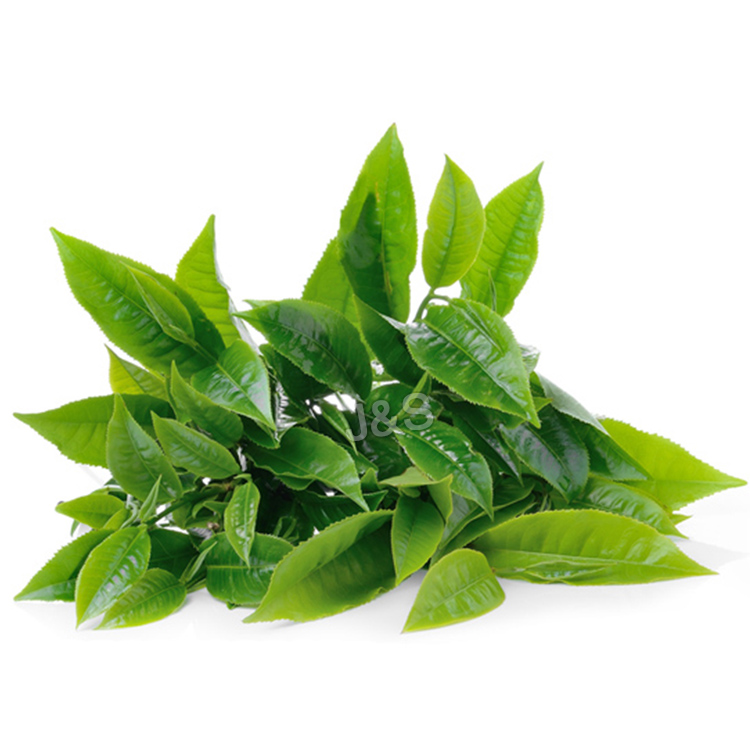Good Quality Huperzine A in Argentina
Good Quality Huperzine A in Argentina Detail:
[Latin Name]Huperzia serratum
[Source] Huperziceae whole herb from China
[Appearance]Brown to white
[Ingredient]Huperzine A
[Specification]Huperzine A 1% – 5%, HPLC
[Solubility] Soluble in chloroform, methanol, ethanol, slightly soluble in water
[Particle size] 80 Mesh
[Loss on drying] ≤5.0%
[Heavy Metal] ≤10PPM
[Pesticide residue] EC396-2005, USP 34, EP 8.0, FDA
[Storage] Store in cool & dry area, keep away from the direct light and heat.
[Shelf life] 24 Months
[Package] Packed in paper-drums and two plastic-bags inside.
[What is Huperzine A]
Huperzia is a type of moss that grows in China. It is related to club mosses (the Lycopodiaceae family) and is known to some botanists as Lycopodium serratum . The whole prepared moss was used traditionally. Modern herbal preparations use only the isolated alkaloid known as huperzine A. Huperzine A is an alkaloid found in huperzia that has been reported to prevent the breakdown of acetylcholine, an important substance needed by the nervous system to transmit information from cell to cell. Animal research has suggested that huperzine A’s ability to preserve acetylcholine may be greater than that of some prescription drugs. Loss of acetylcholine function is a primary feature of several disorders of brain function, including Alzheimer’s disease . Huperzine A may also have a protective effect on brain tissue, further increasing its theoretical potential for helping reduce symptoms of some brain disorders.
[Function] Used in alternative medicine, huperzine A has been found to act as a cholinesterase inhibitor, a type of medicine used to prevent the breakdown of acetylcholine (a chemical essential to learning and memory).
Not only used as a treatment for Alzheimer’s disease, huperzine A is also said to enhance learning and memory and to protect against age-related cognitive decline.
In addition, huperzine A is sometimes used to boost energy, increase alertness, and aid in the treatment of myasthenia gravis (an autoimmune disorder that affects the muscles).
Product detail pictures:
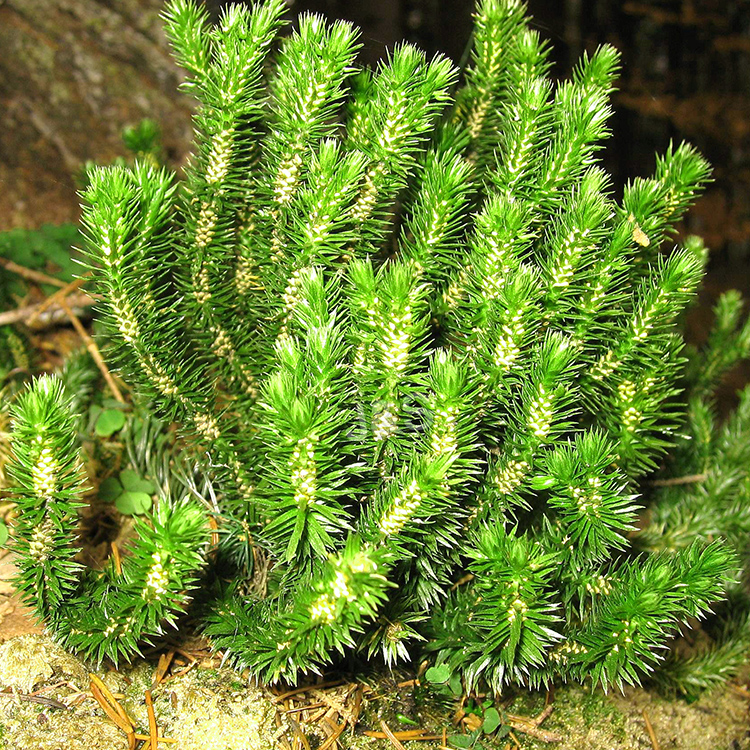
Related Product Guide:
Our products are widely recognized and trusted by users and can meet continuously changing economic and social needs of Good Quality Huperzine A in Argentina , The product will supply to all over the world, such as: Burundi, Turkmenistan, Slovak Republic, We are adhering to the philosophy of "attracting customers with the best products and excellent service". We welcome customers, business associations and friends from all parts of the world to contact us and seek cooperation for mutual benefits.
Poor Johnny doesn’t like “healthy” food. What could possibly
persuade him to eat all his “veggies”?
From https://infomaticfilms.com/ and sponsored by https://naturalnews.com/, this new animated cartoon covers all the basics on why GMOs are dangerous.
Want to know more about GMOs and why they are a serious threat to not only mankind, but the environment and natural ecosystem as well? Then here are some excellent articles, websites and research links for you to have a look at and learn more!
But firstly, a brief introduction about what a GMO is, 5 reasons why we should avoid consuming them at all costs and some of the health risks GMOs pose.
A GMO (genetically modified organism) is the result of a laboratory process of taking genes from one species and inserting them into another in an attempt to obtain a desired trait or characteristic, hence they are also known as transgenic organisms. This process may be called either Genetic Engineering (GE) or Genetic Modification (GM); they are one and the same.
5 Reasons to avoid GMOs:
1. GMOs are unhealthy.
The American Academy of Environmental Medicine (AAEM) urges doctors to prescribe non-GMO diets for all patients. They cite animal studies showing organ damage, gastrointestinal and immune system disorders, accelerated aging, and infertility. Human studies show how genetically modified (GM) food can leave material behind inside us, possibly causing long-term problems. Genes inserted into GM soy, for example, can transfer into the DNA of bacteria living inside us, and that the toxic insecticide produced by GM corn was found in the blood of pregnant women and their unborn fetuses.
Numerous health problems increased after GMOs were introduced in 1996. The percentage of Americans with three or more chronic illnesses jumped from 7% to 13% in just 9 years; food allergies skyrocketed, and disorders such as autism, reproductive disorders, digestive problems, and others are on the rise. Although there is not sufficient research to confirm that GMOs are a contributing factor, doctors groups such as the AAEM tell us not to wait before we start protecting ourselves, and especially our children who are most at risk.
2. GMOs contaminate – forever.
GMOs cross pollinate and their seeds can travel. It is impossible to fully clean up our contaminated gene pool. Self-propagating GMO pollution will outlast the effects of global warming and nuclear waste. The potential impact is huge, threatening the health of future generations. GMO contamination has also caused economic losses for organic and non-GMO farmers who often struggle to keep their crops pure.
3. Genetic engineering creates dangerous side effects.
By mixing genes from totally unrelated species, genetic engineering unleashes a host of unpredictable side effects. Moreover, irrespective of the type of genes that are inserted, the very process of creating a GM plant can result in massive collateral damage that produces new toxins, allergens, carcinogens, and nutritional deficiencies.
4. Independent research and reporting is attacked and suppressed.
Scientists who discover problems with GMOs have been attacked, gagged, fired, threatened, and denied funding. The journal Nature acknowledged that a “large block of scientists…denigrate research by other legitimate scientists in a knee-jerk, partisan, emotional way that is not helpful in advancing knowledge.” Attempts by media to expose problems are also often censored.
5. GMOs harm the environment.
GM crops and their associated herbicides can harm birds, insects, amphibians, marine ecosystems, and soil organisms. They reduce bio-diversity, pollute water resources, and are unsustainable. For example, GM crops are eliminating habitat for monarch butterflies, whose populations are down 50% in the US. Roundup herbicide has been shown to cause birth defects in amphibians, embryonic deaths and endocrine disruptions, and organ damage in animals even at very low doses. GM canola has been found growing wild in North Dakota and California, threatening to pass on its herbicide tolerant genes on to weeds.
Excellent websites on GMOs:
https://www.responsibletechnology.org/
https://gmo.mercola.com/
https://gmoawareness.org/
https://www.gefoodalert.org/
https://www.nongmoproject.org/
Downloads:
GMO Truths and Myths:
https://earthopensource.org/files/pdfs…
Powerpoint Presentation on GMOs:
Long/Complete version (180+ slides):
https://responsibletechnology.org/powe…
Short and Medium versions are available to download from: https://www.responsibletechnology.org/…
Like “Dismantle The Matrix” on Facebook: https://www.facebook.com/DismantleThe…
Follow “Dismantle The Matrix” on Twitter: https://www.twitter.com/DTheMatrix
Thanks for watching and remember to give a Thumbs Up and Subscribe
mirrored from Dismantle The Matrix:
https://www.youtube.com/channel/UCQZdMTHwIw_fZRk0wI8oqkQ
BOOST CHANNEL SUBSCRIBE
Timely delivery, strict implementation of the contract provisions of the goods, encountered special circumstances, but also actively cooperate, a trustworthy company!
